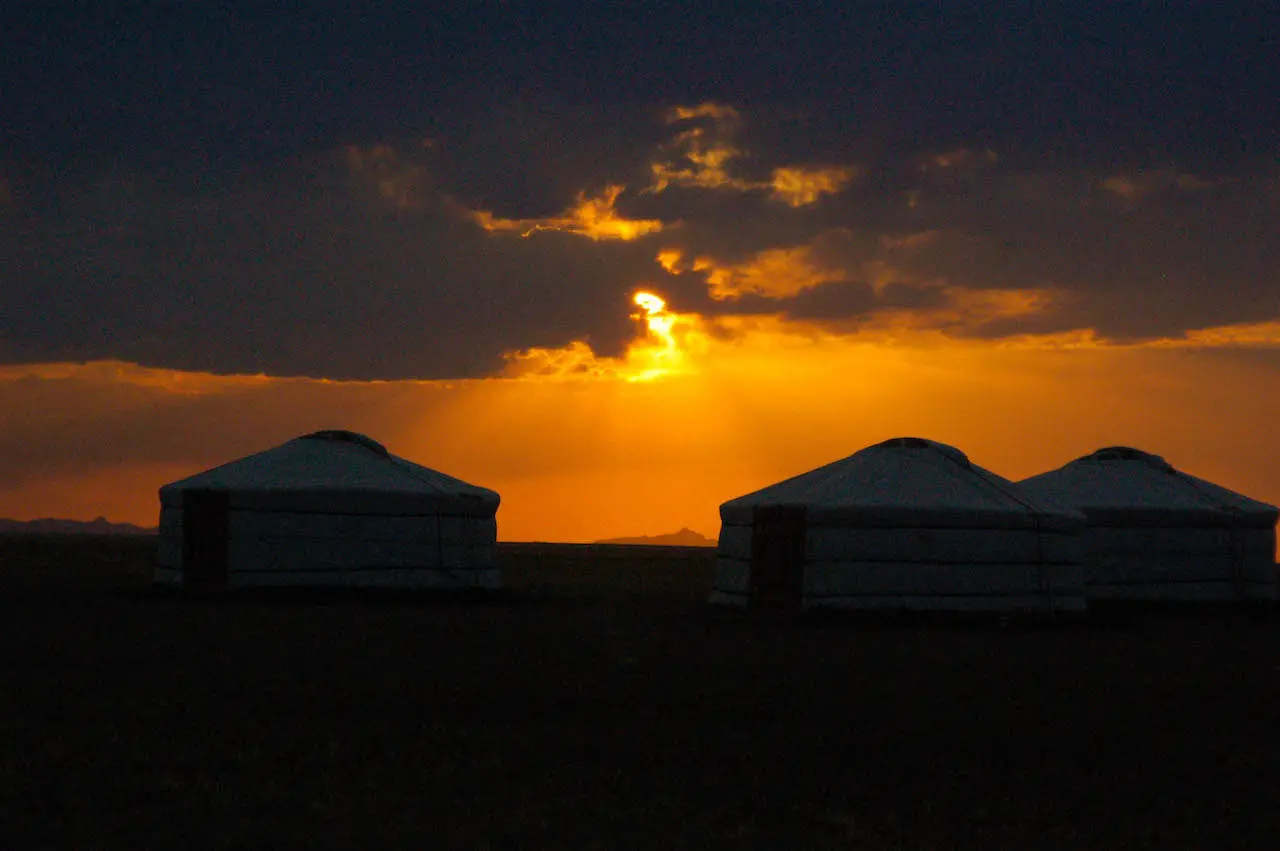Hey, ho, hikers! Our brand new Mongolia adventure will see us traverse the rugged countryside like Genghis Khan at the height of the Mongol Empire. But to reach the region’s more remote destinations, we’ll need to slumber in traditional gers (also called “yurts”).
Read on for everything you need to know about this unique ‘glamping’ experience.
About Gers

What is a ger?
Gers are traditional, circular dwellings in Mongolia favoured by the nomadic population for their portability—they can be fully dismantled and packed up in less than 3 hours. They are made of wooden poles and covered in felt—think American teepees, but short and plump.
Are gers the same as yurts?
In our humble Canadian opinion, the terms are tomato/tomaato. However, if you want to get technical, a ger is a Mongolian or Kazakh structure, while a yurt is Russian. Also, traditional Mongolian gers tend to have only a slightly sloped roof, while Kazakh gers and Russian bentwood yurts are more domed and taller.
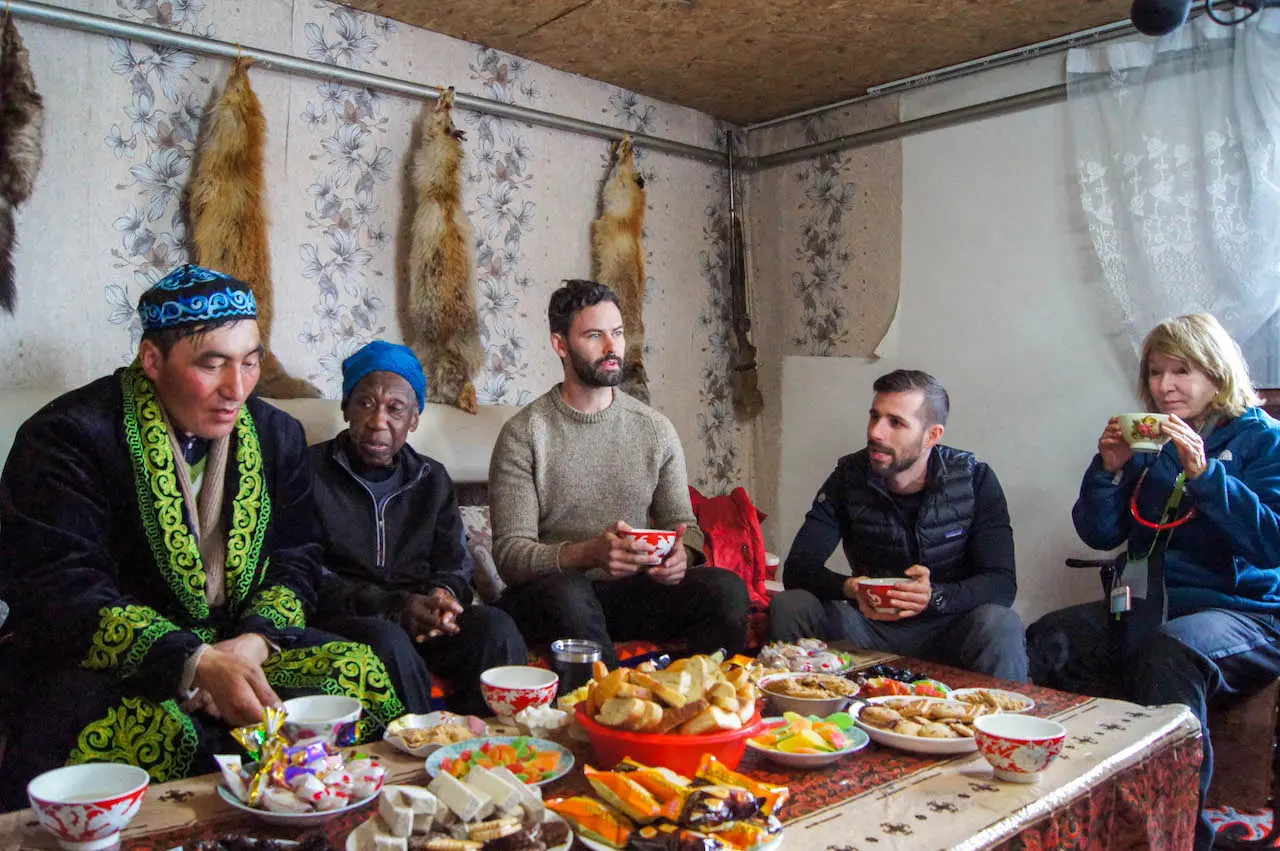
Do Mongolians still live in gers?
Actually, yes. In Mongolian, “ger” simply means “home.” And according to National Geographic, well over half the population still live in gers. To be precise, 61% of Ulaanbaatar’s residents and 90% of rural dwellers still live in gers. In other words, staying in a ger is a truly authentic cultural experience travellers should enjoy while visiting Mongolia.
Gers on Out Adventures’ tour
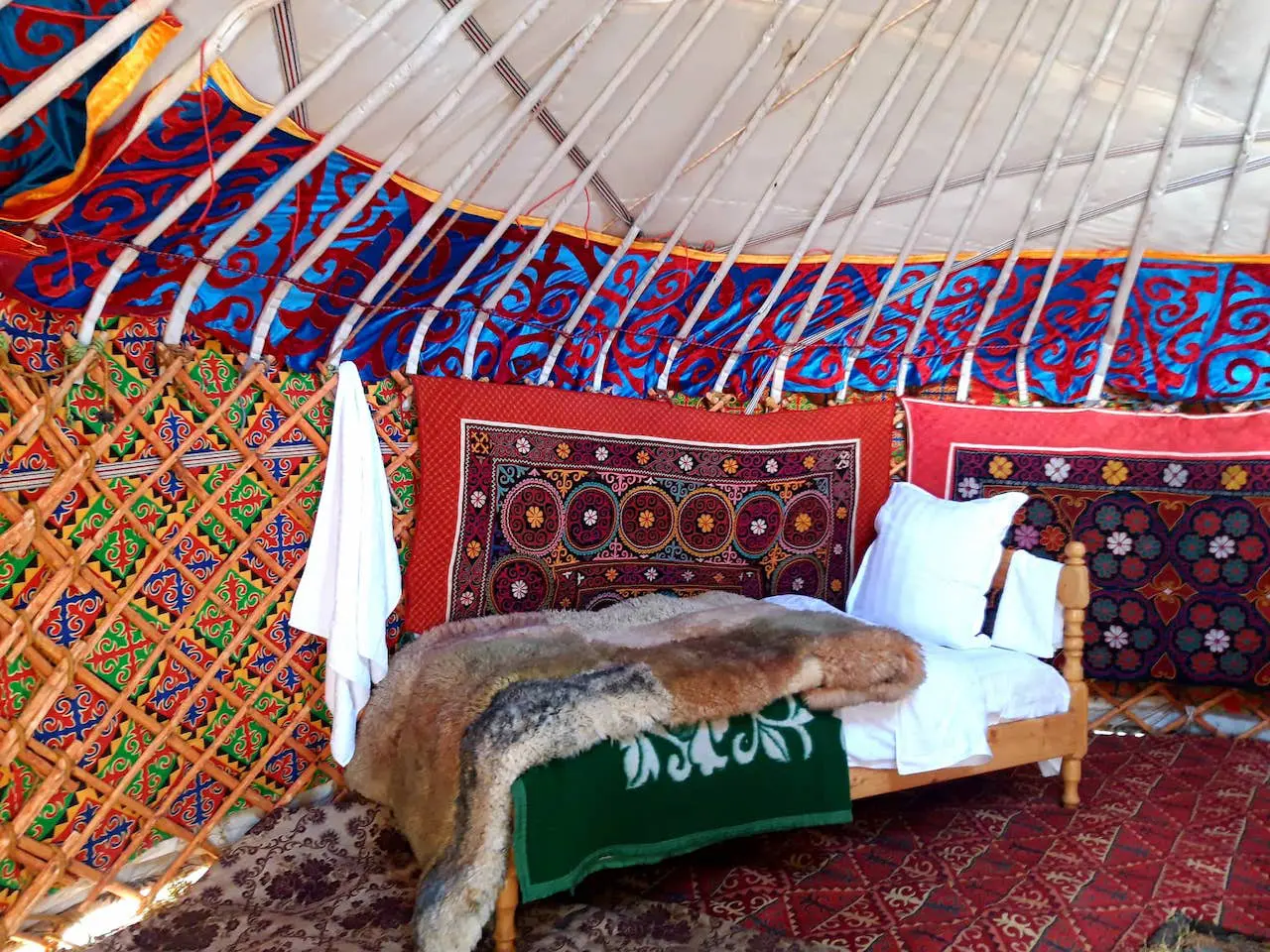
How often will we stay in gers?
On our Mongolia: The Golden Eagle Festival & Expedition, we’ll be staying in tourist ger camps 8 out of 11 nights. These unique accommodations are perfectly situated in the remote regions of Mongolia we travel to, such as the Gobi Desert, Khustai National Park and the province of Bayan-Ulgii.
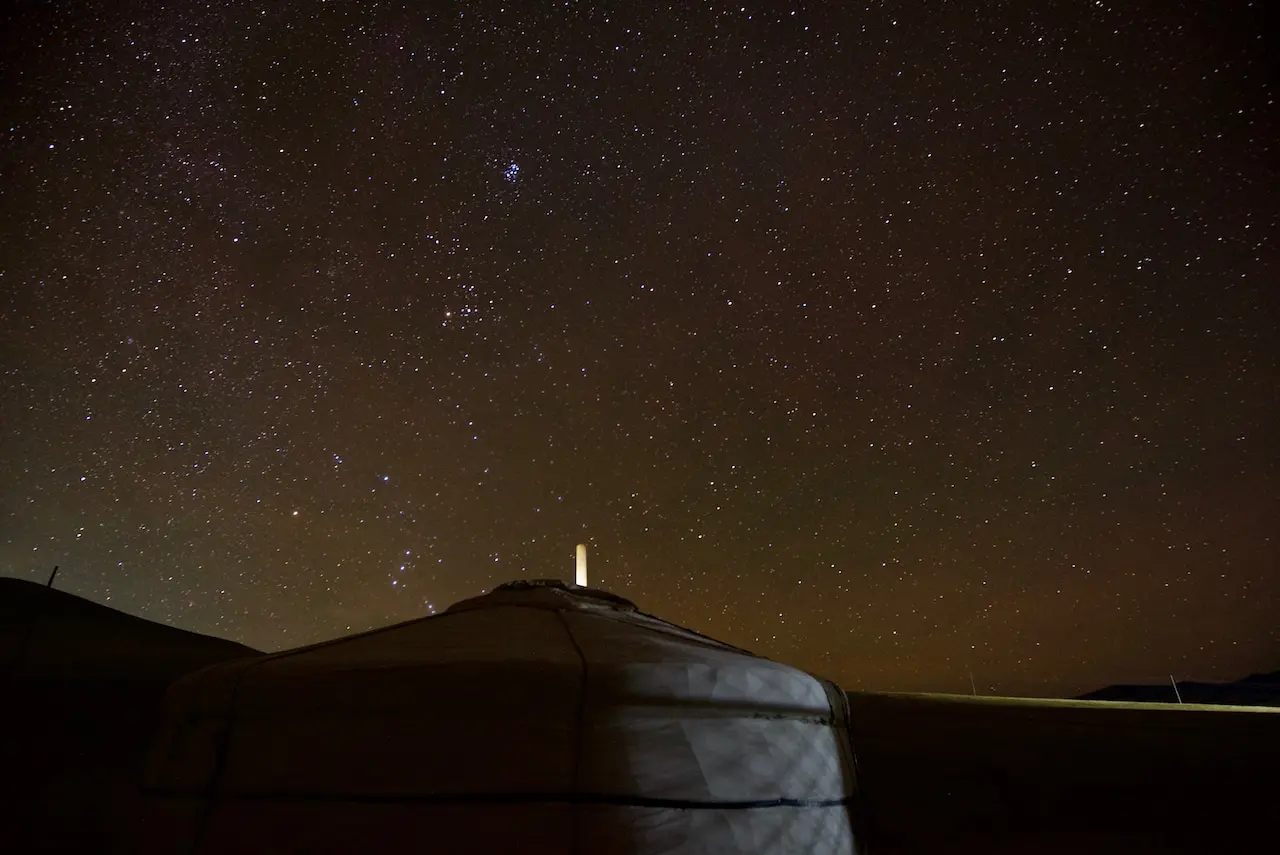
How many travellers will stay in a single ger?
On our tour, the majority of ger camps we use comfortably fit two people per ger. However, on days 7 & 8, we’ll be staying with a host family on the border of Kazakhstan. At this spot, four guests will stay in a single ger. These particular gers will actually be much larger, and you won’t feel crowded.
Can I get a single supplement and stay in my own ger?
Yes and no. Single supplements are available on this tour; however, there are certain nights that you will still have to sleep in the same ger as other travellers. Specifically, there is no single supplement available for days 7–10 (4 nights) due to logistics. For single supplement pricing, click here and scroll down to the Dates & Pricing section.
Can my partner and I have a double bed?
Unfortunately, the gers we use are only outfitted with two twin beds. In theory, the beds could be pushed together, however, a large gap is inevitable and will make canoodling quite uncomfortable. That said, double beds are not a problem at the hotels bookending the tour.
Are there ensuite washrooms and running water?
Although ‘khan gers’ (“khan” means king in Mongolian) do exist and feature ensuite washrooms, none of the gers we have reserved feature such amenities as they are few and far between. Most of the ger camps feature sit-down, flushing toilets in communal bathrooms. However, for two nights at our host family’s camp, a special toilet tent will be set up—the toilet itself will be sitting down, however,” you must use a shovel and scoop a small amount of soil after each use. That said, we assure you the toilet tents and shared facilities are kept very clean.
Private shower facilities are also available in special ger tents and communal facilities—hot water is either heated by solar or gas, OR is heated in advance and delivered to you at a specified time.
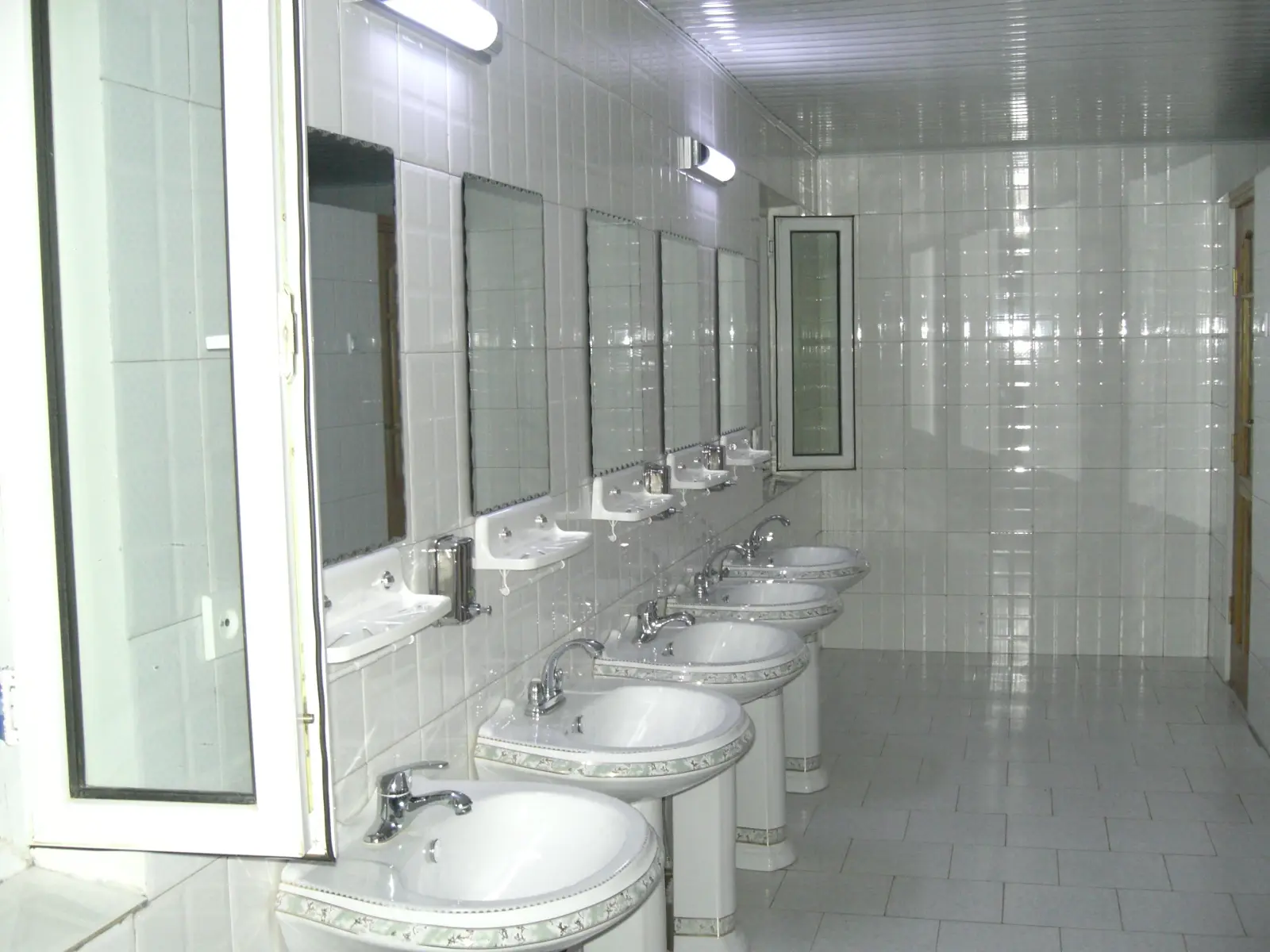
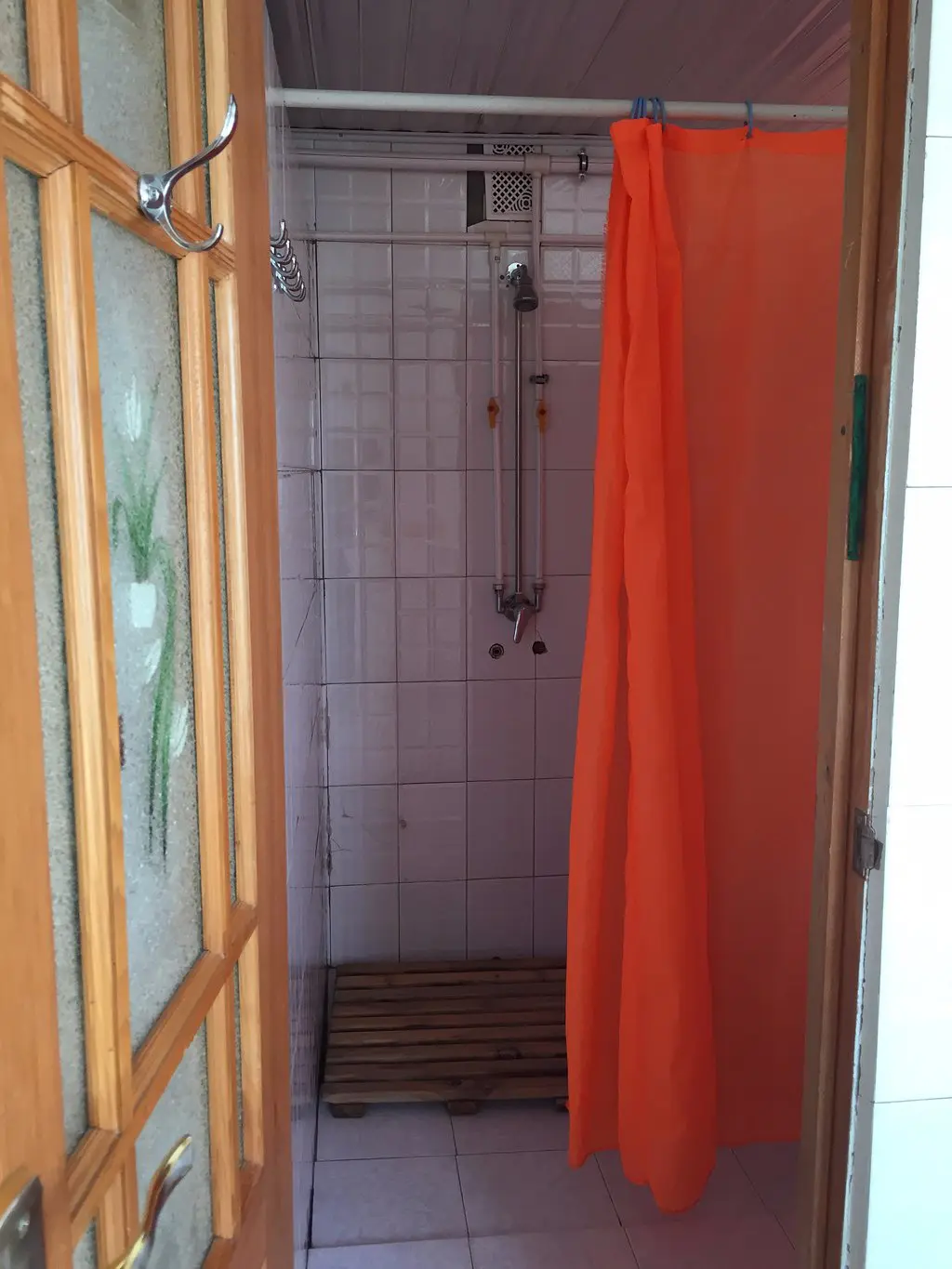

How are gers heated/cooled? Should I bring extra bedding?
On our tour, we’ll be staying in two very different regions of Mongolia, The Gobi Desert and the western province of Bayan-Ulgii. In the desert in September, temperatures usually sit around 23C during the day and 10C at night. We expect nighttime temperatures to be cooler in Bayan-Ulgii. If the temperature drops much, each ger is outfitted with a stove/fire pit in the centre that can be turned on. Alternatively, blankets are very thick and warm, so we don’t expect an issue. However, if you’re someone who really feels the cold at night, we recommend packing wool socks and thermal slacks and shirt to wear to bed.
Are ger camps noisy?
Not notably so. However, the walls of each ger are made of fabric, so you can certainly hear what’s happening outside of your accommodation. Some gers have dogs that will bark once in a while. We advise light sleepers to bring a pair of earplugs.
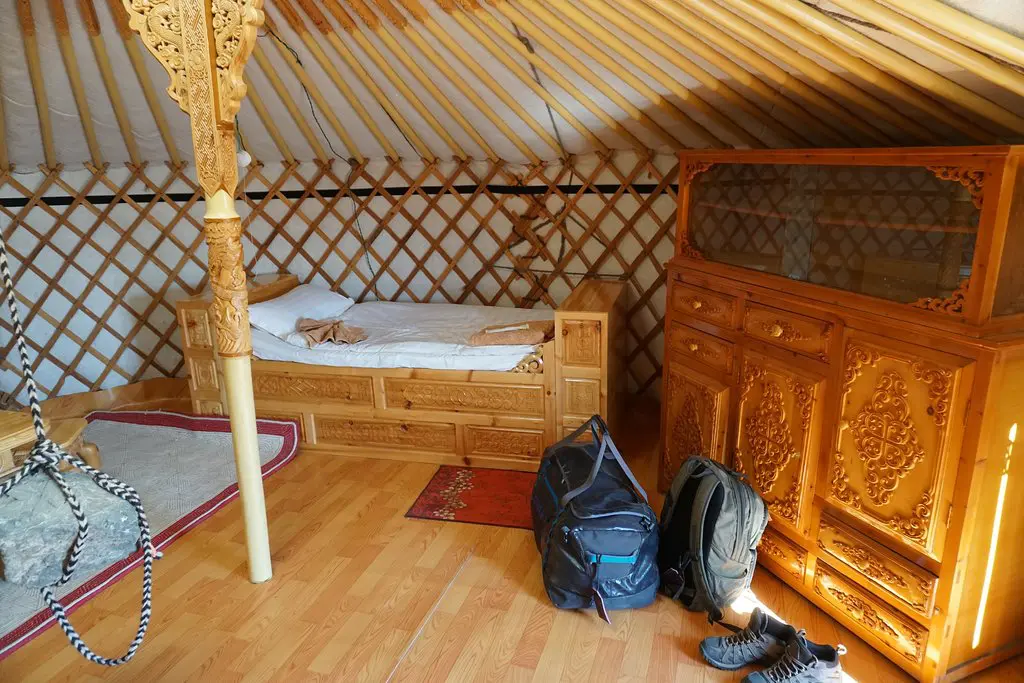
What can I expect inside my ger?
All gers will be outfitted with real beds, a comfortable mattress and soft linens and pillows. In the centre of each ger is a stove/furnace that can be ignited if temperatures drop. Aside from these basics, you may find a bench to sit on, dressers in tourist ger camps and plenty of traditional woven rugs and decorations. Being Canucks, we kind of love the rugged and rustic interiors. In our opinion, they’re quite charming (see above!).
Will there be electricity, Wifi or data?
In our Gobi Desert gers there will be power outlets available. That said, electricity may be turned off at night. For the four nights in Bayan-Ulgii, our individual gers won’t have outlets, however, we will set up a central power source to recharge our phones and cameras daily.
Wifi and data are another stories altogether. While we MAY have wifi/data in our larger ger camps, the connection will likely be very weak and frustratingly slow. Do not count on a connection in smaller gers like the ones we’ll use in Bayan-Ulgii. Maybe it’s best to think of your time in Mongolia as an opportunity to disconnect and refresh. 🙂
Ger Camp Food
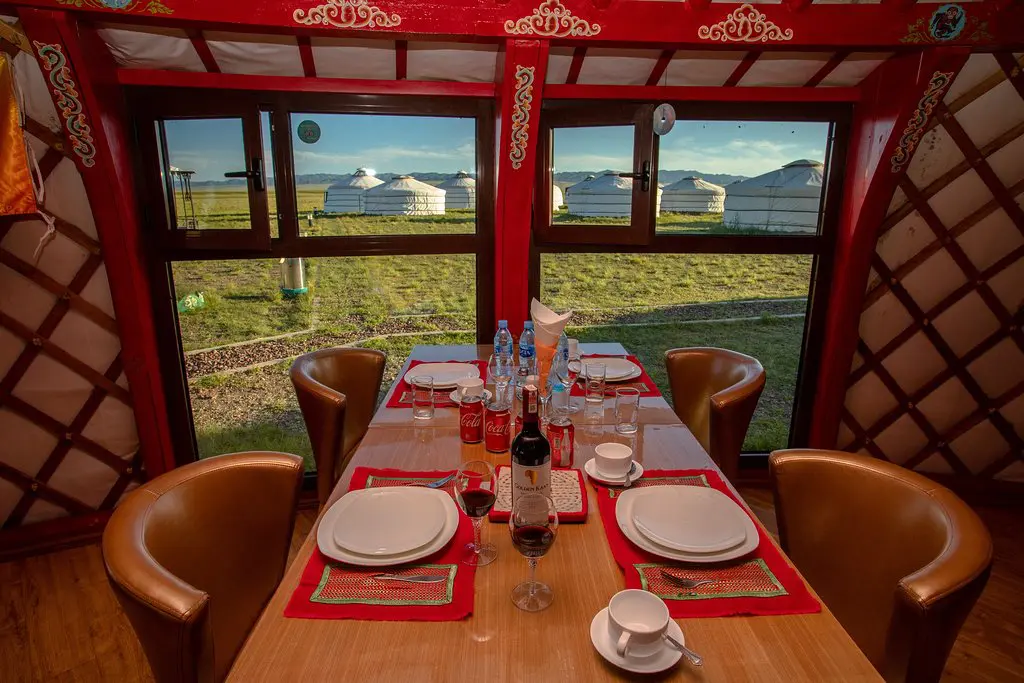
Where will we eat?
Due to the lack of restaurants available in the regions we visit, we’ve decided to include all meals in the tour cost. We’ll enjoy most of our meals in communal ger dining halls at camp. However, on most hike days, our hosts will pack us boxed lunches we’ll enjoy al fresco at an appropriate time and place.
What kind of food can I expect to eat at ger camps?
Traditional Mongolian cuisine tends to be meat, and starch heavy as the extreme climate limits produce and spices. However, we’ve selected our ger camps partially on their well-reviewed grub. While you shouldn’t expect Michelin-awarded 10-course tasting menus, we think you’ll be pleasantly surprised by the nice, balanced meals of chicken or lamb with vegetables and rice, bread and/or potatoes. Meals will likely balance Eastern and Western cuisines, so you get a taste of regional delicacies without overdoing it. Breakfasts will be fairly simple. Think eggs, oatmeal or toast with coffee and tea.
Interested in slumbering in your own Mongolian ger?
Our all-gay Mongolia expedition begins in Ulaanbataar and visits the Gobi Desert, Khustai National Park and Bayan-Ulgii. Best of all, the adventure aligns with the country’s famous Golden Eagle Festival. Sign up for the expedition here!
Photo Credits
Header photo courtesy of Big Mongolia Travel. All other photo credits from the top down: Gobi Mirage, Big Mongolia Travel X 3, Gobi Mirage X3, Gobi Erdene, Gobi Mirage.
Featured Posts
In perhaps our most interesting Q&A to date, we got in touch with our local Mongolia guide, Tuul (pronounced "Toll"). The mother of four provides insight into the country's nomadic lifestyle, traditional vs modern views on gender roles, local attitudes surrounding LGBT life and some of the best destinations and festivals visitors need to check out. Read More
Sweat and schlep on one of Out Adventures' epic international Gay Hikes. From the Peruvian Andes to exhausting Everest Base Camp. Read More
Peru: The Inca Trail and Machu Picchu is our most popular Active all-gay adventure. If you’re considering joining one of the tour’s two annual departures—or you’re already signed up and want to prepare for the journey—here’s everything you need to know. Read More
